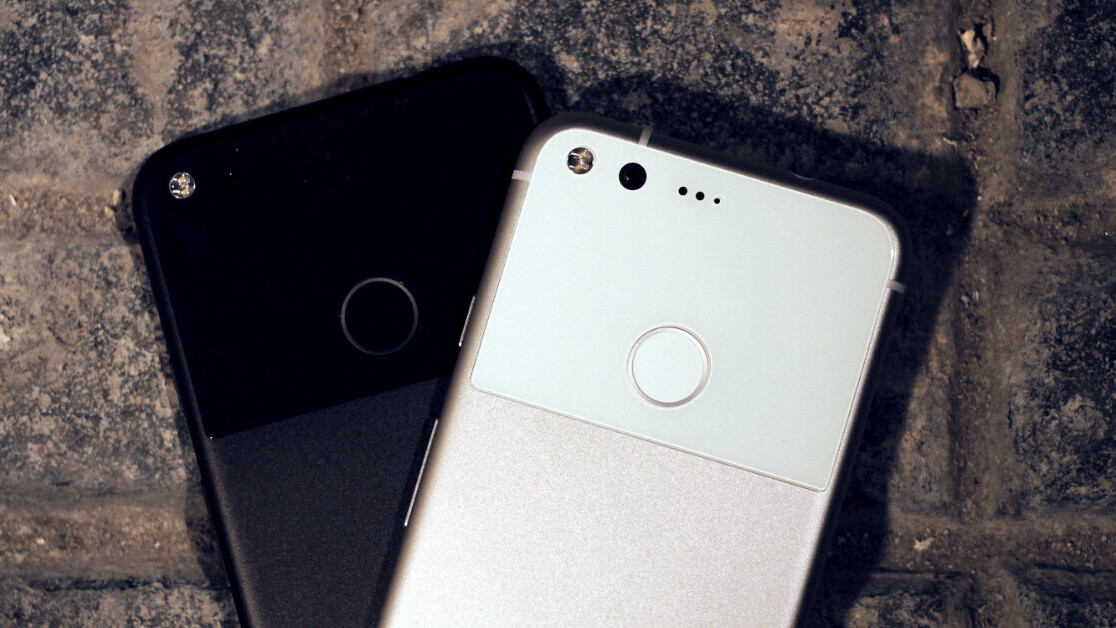Google announced today that it’s adding AI-powered measurements of heart and respiration rates to the Google Fit app.
The tech uses a combination of sensors and computer vision algorithms to take measurements through a smartphone camera.
The Big G said the features will be available from next month on Pixel phones, with more Android devices to follow.
Users will then be able to measure their breathing rate by placing their head and upper torso in view of the phone’s front-facing camera.
[Read: How much does it cost to buy, own, and run an EV? It’s not as much as you think]
Their heart rate will be estimated by putting a finger on the rear-facing lens. Users can then choose to save the results in the app to monitor how they change over time.
Shwetak Patel, director of health technologies at Google Health, compared the approach to a fingertip pulse oximeter:
The way this works is that as the heart is beating, the amount of blood getting to the fingertip changes and it’s related to your heartbeat. But recent advances in mobile phone cameras and computer vision algorithms allow us to see even the most imperceptible movements and color changes that happen on the human body. So instead of just looking at the fingertip you can look at the face and detect that small change in color that tells you what your heart rate is. Similarly, the small movements related to your breathing can also be detected with these algorithms.
Patel said the algorithms have been tested on people with a diverse range of ages, genders, skin colors, health statues and under a variety of lighting conditions.
Early study results shared at a Google Health event today showed the respiration algorithm is accurate within one breath per minute on average, while the heart rate algorithm is accurate within 2% on average.
Google stressed that the tool is designed for personal wellbeing rather than medical use.
“While the sensor outputs are not medical diagnoses, they’re still useful measures of fitness and health,” said Patel, who’s also a computer science professor at the University of Washington. “So after you go for a run you can quickly use the app to be able to look at what your heart rate is.”
Get the TNW newsletter
Get the most important tech news in your inbox each week.






